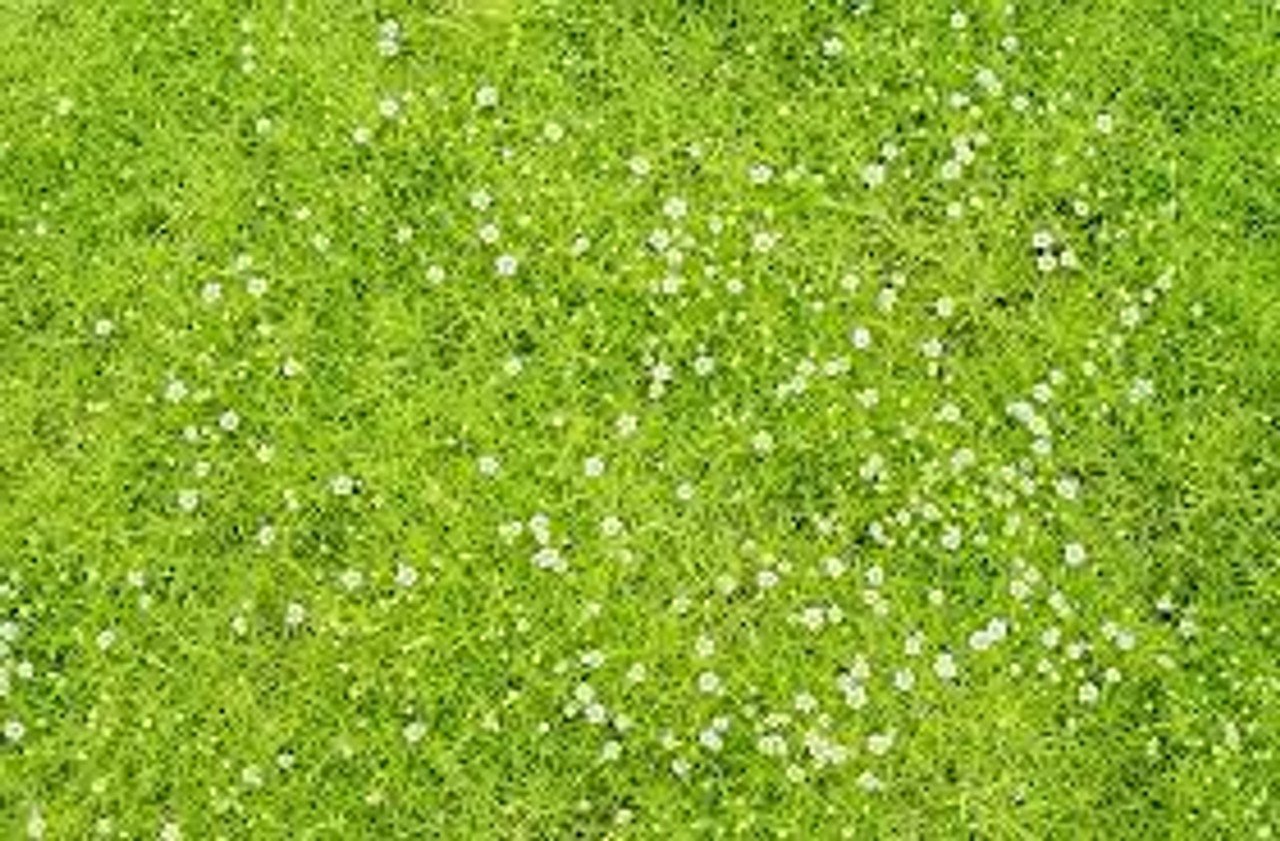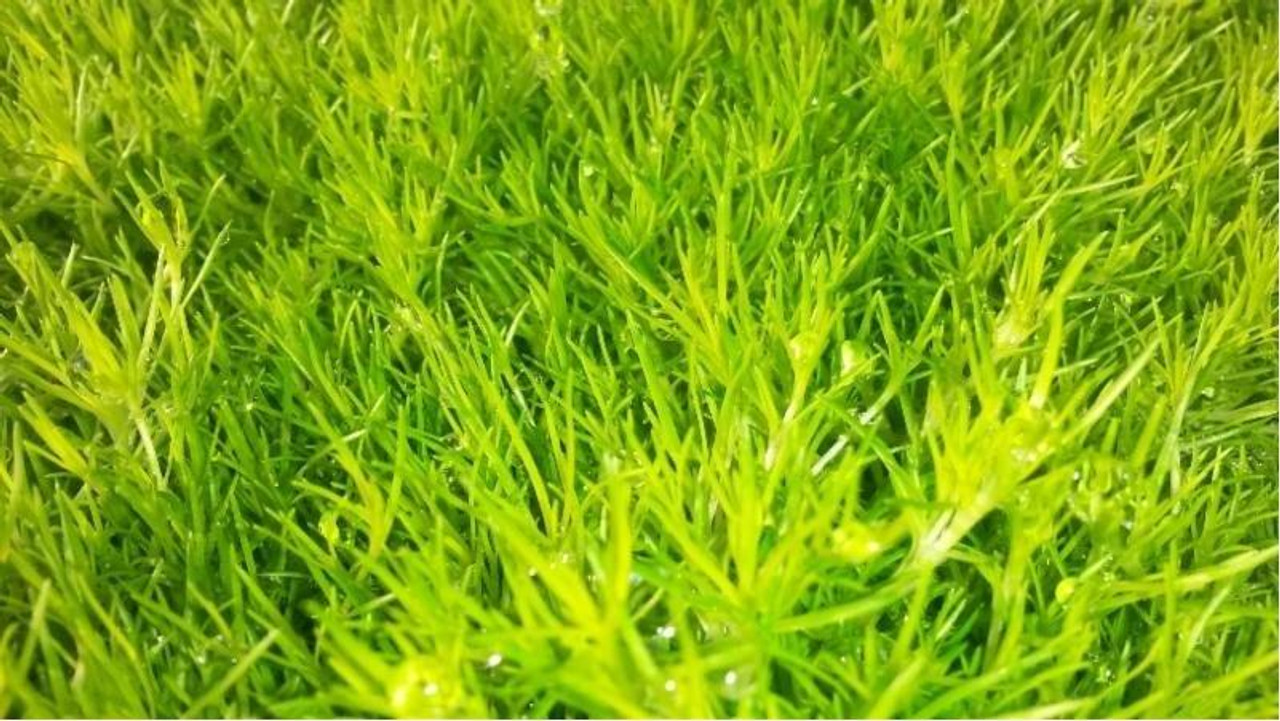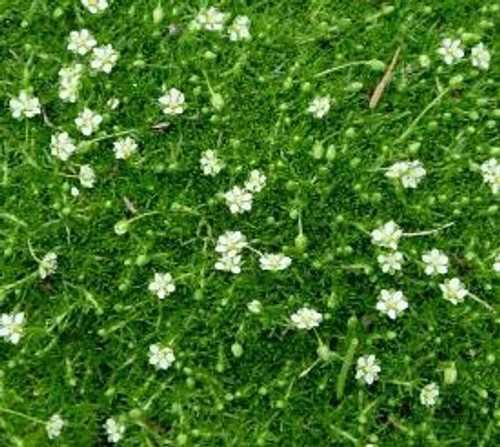Product Description
Sagina subulata var. glabrata 'Aurea'
Common Name: golden pearlwort, Scotch moss
Zones 3 to 9.
Full sun to part shade.
Plants reach 1 inch tall and 6 to 12 inches wide;
very low moss-like ground cover.
Growth rate: Moderate.
Sagina subulata 'Aurea', commonly known as Scotch Moss or Golden Scotch Moss, is a charming little plant that brings a touch of bright, vibrant color to gardens and landscapes. Here is a closer look at this delightful groundcover:
Key Features:
- Golden Foliage: Unlike its Irish Moss cousin (Sagina subulata), 'Aurea' stands out with its vibrant chartreuse to golden-yellow foliage. This bright color creates a beautiful contrast with other plants and adds a cheerful touch to any space.
- Moss-like Texture: 'Aurea' forms a dense, low-growing mat of tiny, needle-like leaves, creating a soft, moss-like texture. It is perfect for adding a touch of whimsy and texture to gardens.
- Delicate Flowers: In late spring to early summer, 'Aurea' produces small, star-shaped white flowers that add a delicate touch to the foliage.
- Versatile: This groundcover is incredibly versatile. It can be used to fill in gaps between stepping stones, create a lush carpet in rock gardens, edge pathways, or even spill over the edges of containers.
Growing Tips:
- Sunlight: While it can tolerate some shade, 'Aurea' thrives in full sun to part shade. The more sun it receives, the more vibrant its golden color will be.
- Soil: Prefers well-drained soil that is consistently moist but not waterlogged.
- Water: Water regularly, especially during hot, dry periods, to keep the soil evenly moist.
- Hardiness: 'Aurea' is hardy in USDA zones 4-8, tolerating cold winters and hot summers.
- Maintenance: This groundcover is relatively low-maintenance. You can trim it back lightly if it starts to spread beyond its desired area.
Design Ideas:
- Between Stepping Stones: 'Aurea' softens the look of hardscaping and adds a touch of whimsy to pathways.
- Rock Gardens: Its bright color and fine texture create a beautiful contrast with rocks and other alpine plants.
- Containers: Use it as a "spiller" plant in containers to add a touch of vibrant color and texture.
- Fairy Gardens: Its small scale and moss-like texture make it perfect for creating miniature landscapes.
Ten (10) plants in 4.5-inch containers per flat (or tray).
Other Details
The most important part of the plant is its root system. Healthy roots are the foundation of a healthy, vibrant plant. The type of plug container used is based on the specific needs of the plants. Perennials offered as bare root traditionally perform better when planted as bare root.Planted in a specialized mix, potted plants have well established root systems. Top growth stage will vary depending on the current life cycle and time of year when shipped. In Winter and early Spring dormant plants may be shipped. Dormant plants may be planted right away, even before the last frost date.
Most bare root varieties are field grown for at least one season, though Hemerocallis and Hosta are grown for two seasons. The bulk of the soil is removed during the harvesting process and the tops of most varieties are trimmed back to the crown. They are graded, packed in shredded aspen or sphagnum moss and stored in freezers until ready to be shipped.
See our Container Sizes and Bare Root Perennials pages for more information.
Plant information and care is provided in the Overview section, Plant Genus Page and general information is provided in the Planting Care & Guides. Additional questions can be asked on each Plant page.
Plant Spacing: Using the maximum mature spread or width of a plant to guide spacing, ensures space to grow to full size. To fill an area sooner, plant them closer together. Just remember, future thinning or transplanting may be needed.
Water: Keep a close eye on newly planted perennials, especially throughout the first growing year. Most early plant loss is due to too much or too little water!












